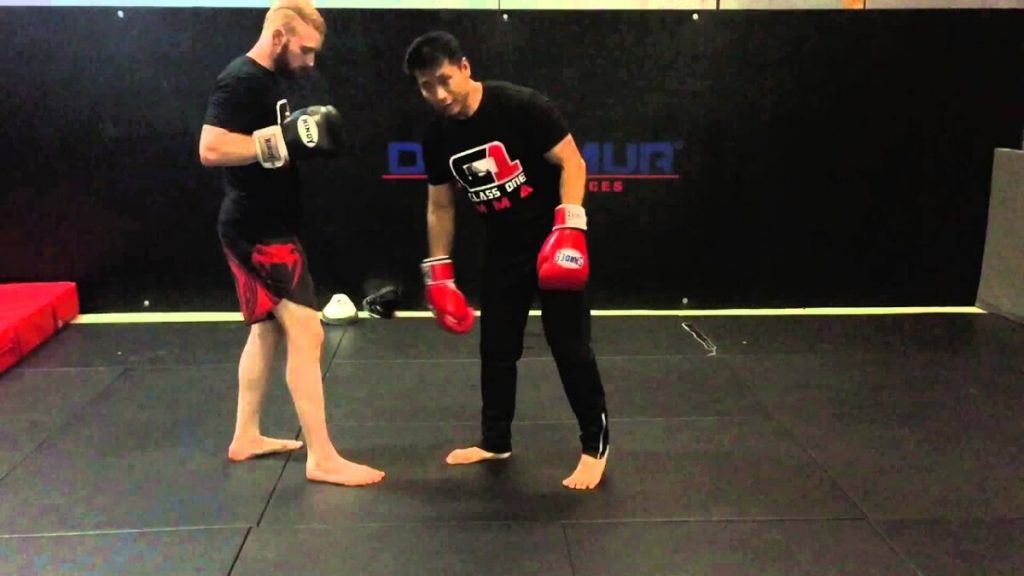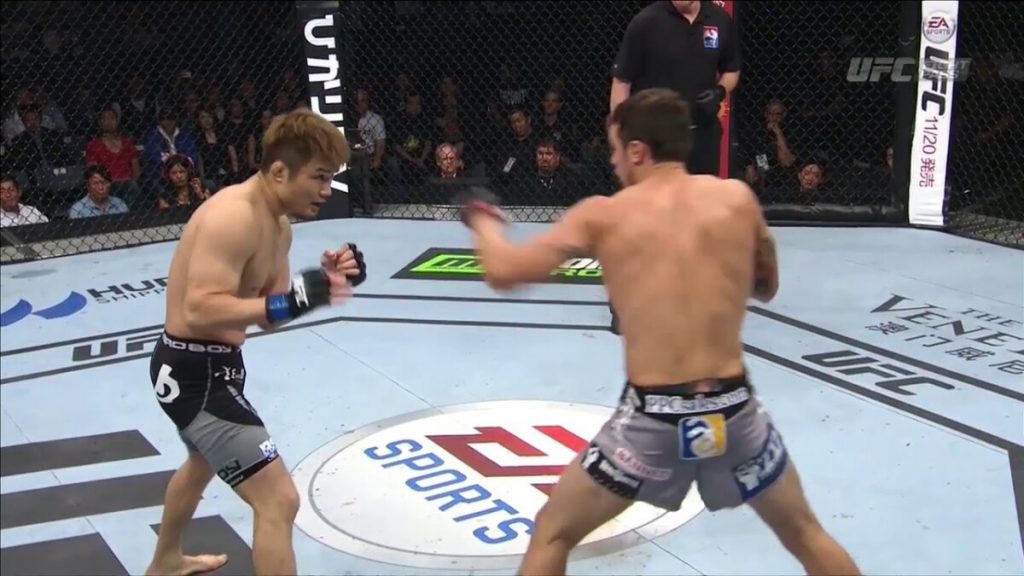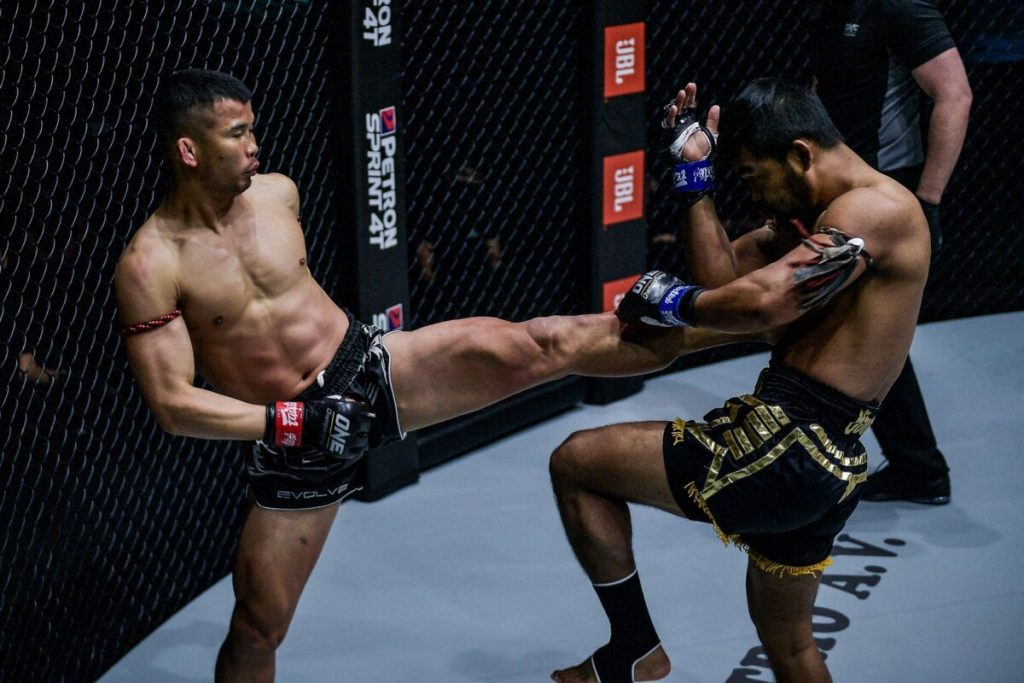MMA Southpaw Stance: In mixed martial arts, the southpaw stance is typically used by left-handed fighters, but right-handed athletes might also benefit strategically by adopting this posture. A boxer who maintains their right leg forward and left leg back is said to be in a southpaw stance. Fighters may maximise their power shots with their strong side by standing in this manner.
The nuances of the southpaw stance will be thoroughly examined in this piece, which will also offer advice to mixed martial artists who wish to oppose or adopt the posture.
Comprehending The MMA Southpaw Stance

In mixed martial arts, the orthodox stance is more frequently employed than the southpaw stance since more people are right-handed. Since most MMA fighters practice and compete against orthodox opponents, this is the case. Because most boxers find it difficult to counter their unique strategies and angles, southpaw fighters have a strategic edge.
Because their front foot isn’t where it should be, dealing with southpaw boxers may be difficult even when it comes to fundamental things like foot placement.
MMA Southpaw stance fighters can employ a variety of offensive techniques to surprise their opponents, such as:
1) The Power Left Straight
One of the most effective weapons used by southpaw fighters is the straight left cross. It lands with significant force and approaches at an angle different from the traditional right cross. It may also be fired from outdoors and has a large range.
As a southpaw, there are several methods to build up a power left cross. A common tactic is to conceal it with a right-hand jab.
2) Lead with the right hook
Unexpectedly, the lead right hook may be a useful tool. It may be used as a set-up for a strong left hand or to counter an opponent’s left jab. Additionally, while lead hooks are often stopped with the rear (right) hand when two orthodox fighters collide, this one comes at you from a different angle, making it more difficult to block.
When your opponent is in the southpaw posture, though, you should block your lead hook with their left hand. This is easier said than done, though, if you’re not used to blocking heavy strikes with your weak hand.
3) Roundhouse kick to the left
If you are in the southpaw stance and your opponent is in the orthodox stance, one of the moves you should employ frequently is the left roundhouse kick. Your back leg power kicks are more effective since your opponent is in a different posture. But, keep in mind that you might also be the target of a body kick from your opponent’s back leg, so be prepared to defend after you’ve made your shots.
When your opponent begins to lower their hands in defence of your body kicks, aim for the head to take them by surprise.
You might also be interested in reading this: Methods for Creating Angles in MMA
Defensive Strategies

When you’re in the southpaw posture, some defensive strategies you might employ to give yourself an advantage include as follows:
1) Angles Manipulation
Effective use of angles is essential in mixed martial arts. Moving their lead foot outside of their orthodox opponent’s lead foot will help Southpaw fighters create better angles for their offence and make it harder for opponents to hit successful strikes.
Similarly, when facing a southpaw, employ the same strategy to establish an angle that compels the other fighter to deliver unproductive blows.
Note how Tawanchai holds his lead foot just outside of Trainer Gae’s lead foot before delivering a forceful punch with his left hand. This is a perfect example of the outside foot position that southpaws should aim for.
2) Countering The Jab
When facing an orthodox opponent in a southpaw posture, you may effectively counter their jab by either parrying the blow with your right hand and then counter-jabbing with the same hand, or you can parry the jab with your right hand and then follow up with a left cross down the centre. You get to take the stronger shot even if the jab manages to slip past your defence and land.
3) Steer clear of rear limb attacks
The biggest danger that orthodox fighters provide to southpaws in mixed martial arts is their potent rear-limb punches and kicks. Use your feet and head movement to deflect these strong attacks, since you normally want to walk away from them rather than stop them.
In mixed martial arts, head movement should be avoided as it exposes you to kicks. Watch Shane Faizen’s video above from Fighttips to see how important it is to avoid rear-limb assaults, especially the power right.
Reversing The Southpaw

For orthodox fighters who don’t do their study and prepare properly, facing a southpaw can be difficult. Among the strategies you might employ to counter a southpaw are:
1) Managing The Leading Foot
Keeping their lead foot outside the southpaw’s lead foot is the goal for traditional boxers. A tactical advantage is provided by this location, enabling more potent offence and defence. You will be in a better position to win the fight if you win this one.
2) Going After The Open Side
Since a southpaw’s right side is usually more susceptible than its left, focus the majority of your efforts on this region. You want to make them utilise their weaker arm to fight against the majority of your blows, but you don’t want to become boring.
When facing a southpaw, you may attack them with your body and your back leg kick, but keep in mind that they can do the same to you.
3) Being Prepared for the Unexpected
A southpaw will hit you from different angles, so be ready for it. This includes having the ability to parry strong blows coming from their left side.

